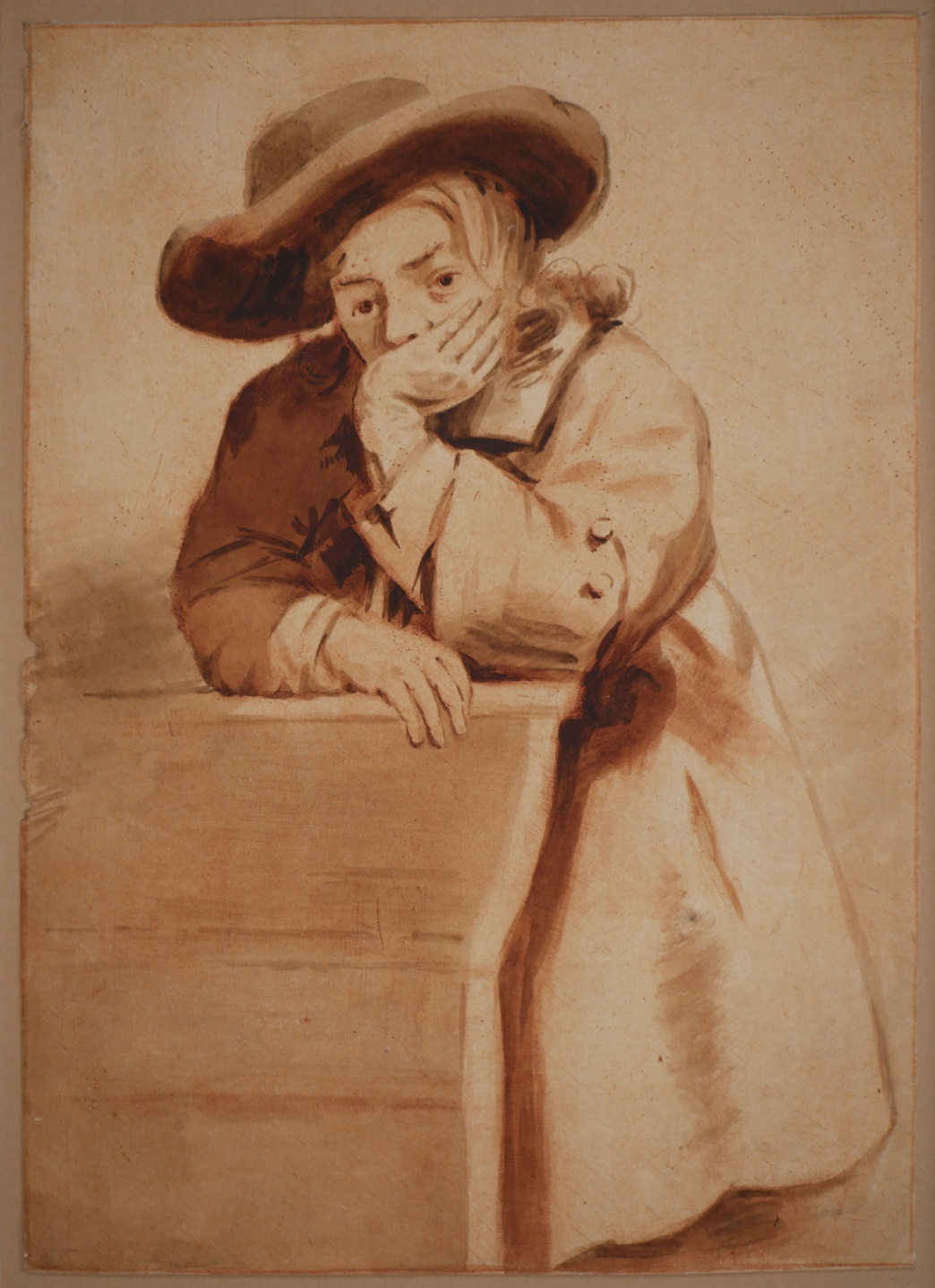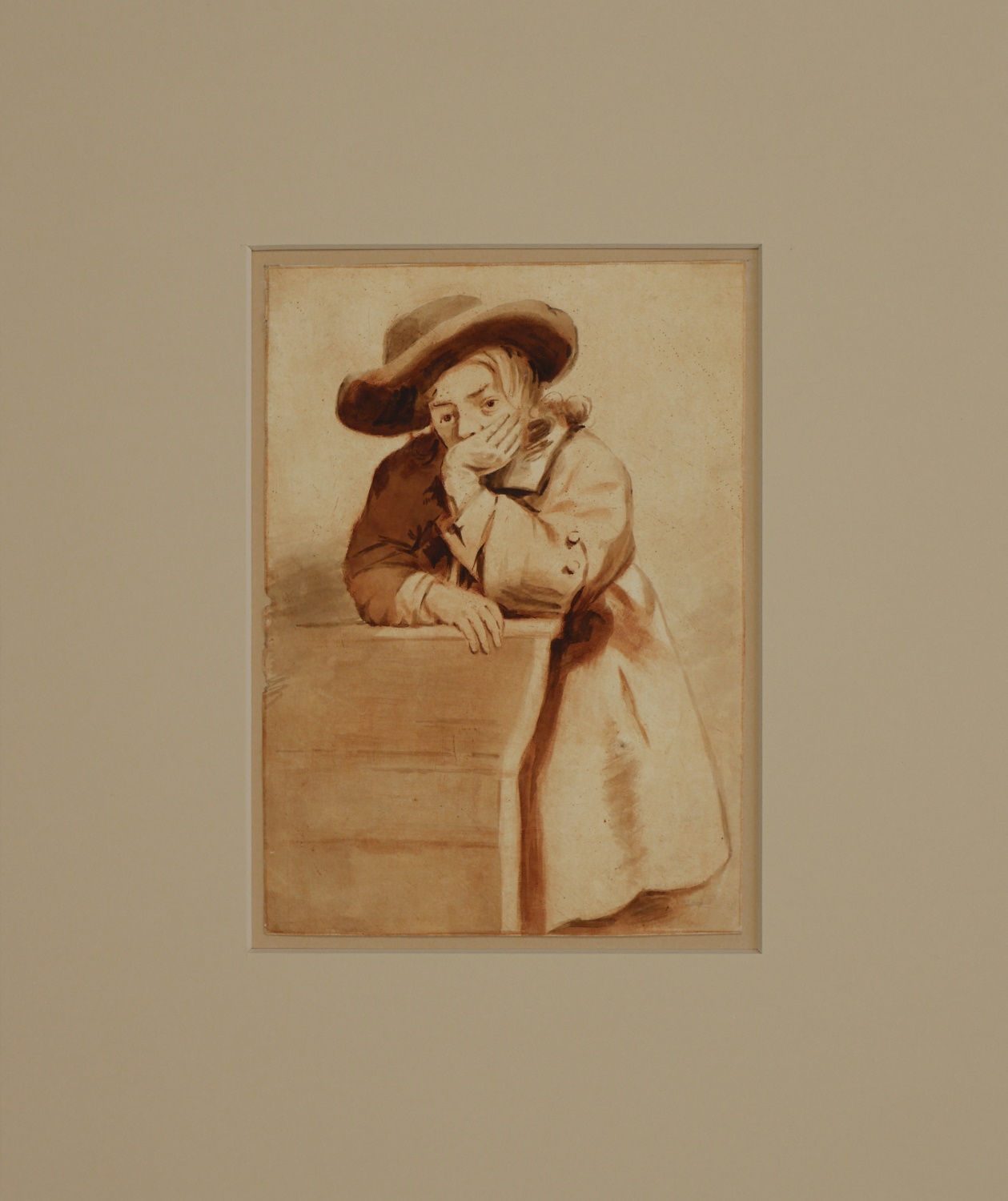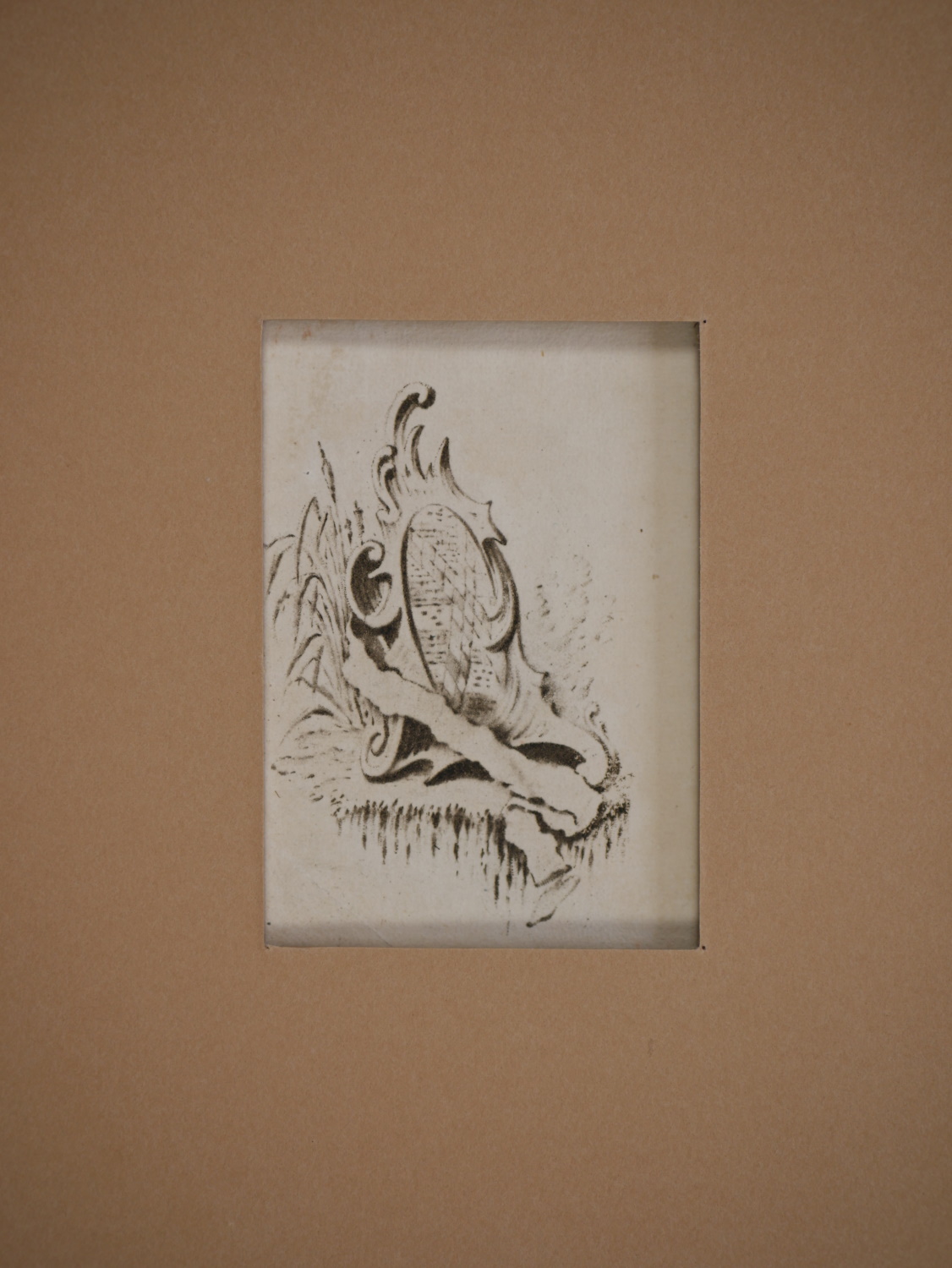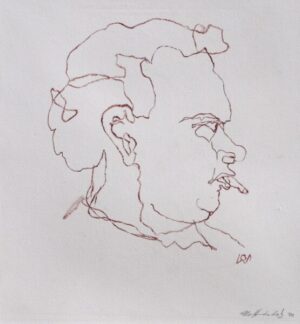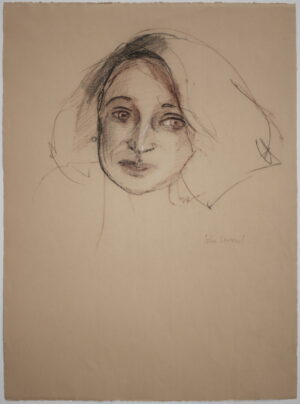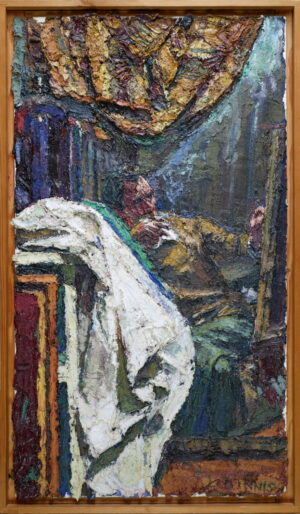Van Amstel, Cornelis Ploos (Dutch, 1726-1798)
Jacob Cornellisz, known as Cornelis Ploos van Amstel, was born January 4, 1726 in Weesp, Northern Netherlands. Van Amstel was a pupil of Norbert van Bloemen and Jacobus Buys, and became part of the society Arte et Amicitia later in his career. He is mostly known as a collector and copyist of 17th-century from his own collection of 5,000 master drawings, including many Rembrandts. In 1800 his collection was auctioned (without the Rembrandts, which were auctioned later) for the enormous sum of 109,406 guilders. Van Amstel reproduced drawings of Masters using a unique transfer technique with added roulette and burnishing that he developed in the mid 18th century, 100 years before practical photography was invented.
Arthur Edwin Bye wrote an article on Amstel's work and techniques in the Print Collector's Quarterly, Volume 13, No. 4, December, 1926. "A man of wealth, he was a drawing collector with over 5,000 drawings by 16th and 17th century masters. Between 1765 and 1787 he produced 46 facsimilies, in editions of 300 - 350 impressions. His work in printmaking was studied by Dutch connoisseur N. G. van Huffel in the early 20th century.
"Van Amstel used 3 processes to print: to imitate crayon drawings, color mezzotint and a third method that reproduced sepia, india ink and color. For the crayon drawings he traced the original drawing with red crayon on oiled paper, transferred this to a stronger sheet and then finished the drawing by hand. He then put fine copper shavings (powder) on the back of the drawing after adding adding a gum for the shavings to adhere to. He then took a prepared copper plate and fastened the drawing on it. He then traced his drawing through the paper, which transferred the copper shavings to the plate. When the plate was bitten the lines transferred. He then added roulette and used burnishing to achieve highlights. To copy the watercolor and wash drawings he used a variation on the above technique and added aquatint and/or bit the plate using acid washes and a variation of mezzotint.
"He was not only a patron of the arts, he was also active as a teacher and writer of instructional materials. He attended lectures at the Athenaeum Illustre of Amsterdam and wrote the original report of the lectures of Petrus Camper on the facial angle. Together with Reinier Vinkeles, Jacob Houbraken, Jan de Beijer, and Caspar Jacobsz Philips, he illustrated a new atlas of Amsterdam. Together with Jacob van der Schley, he made a catalog of the art in the Amsterdam City Hall, with short biographical sketches of all the artists involved."
Van Amstel married Elisabeth Troost, the daughter of Cornelis Troost. After Elizabeth died, van Amstel remarried to Margaretha Soumans. Van Amstel's own works included some illustrations, paintings with oil paint and printings. During his working period, of 1741 until 1798 he remained in Amsterdam, where he died on December 20, 1798.
